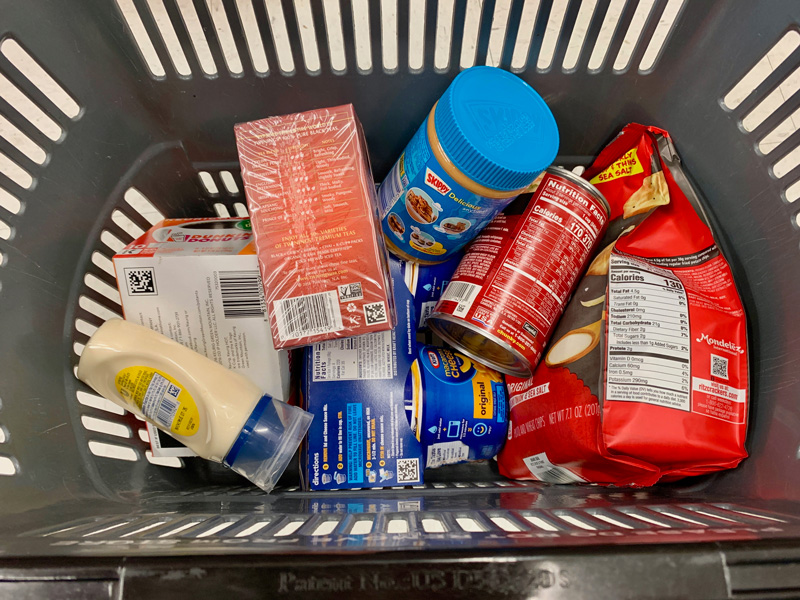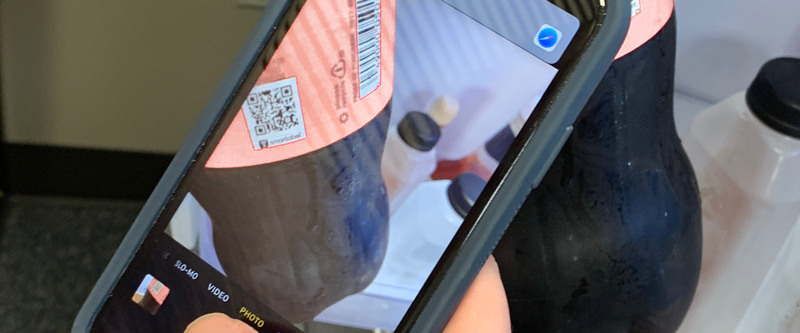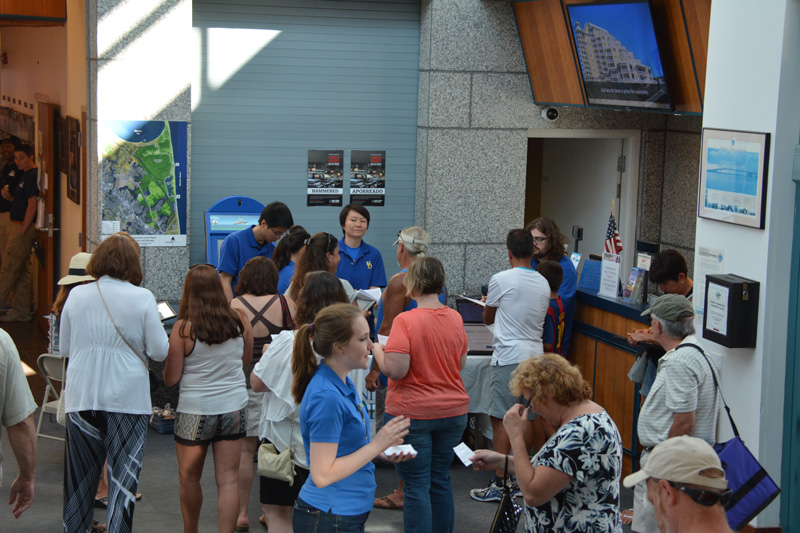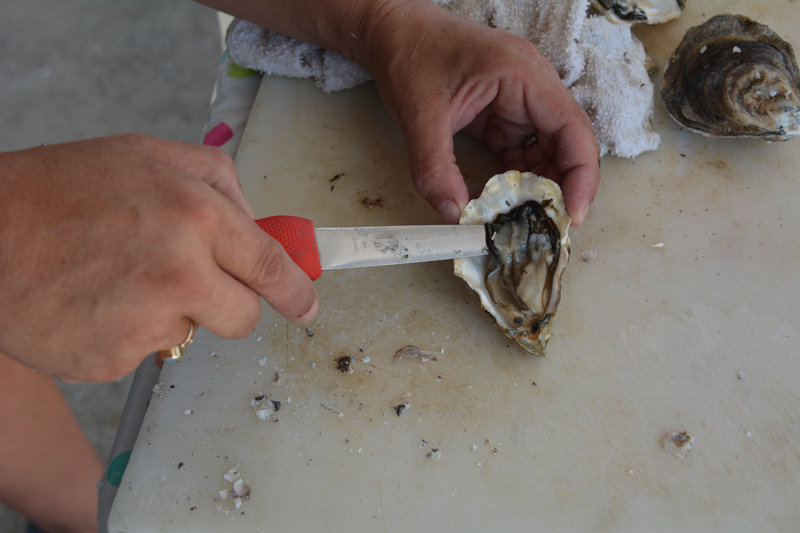


To scan or not to scan
Photos by Monica Moriak and Michele Walfred June 03, 2019
Researchers examine the use of QR codes on food packaging
According to a Microsoft study, the average human attention span is eight seconds long. To understand how short that is, consider that a common goldfish has a nine second attention span. This rapidly shifting interest means that a product has limited opportunity to catch consumer attention and convey important information. This becomes especially difficult for products that are considered more complex or controversial like bioengineered foods, also known as genetically modified organisms (GMOs).
In 2016, thanks in part to consumer demand, Congress passed the National Bioengineered Food Disclosure Standard, a federal mandate requiring manufacturers to label bioengineered foods as such.
Industry leaders are now searching for quick and easily accessible methods for sharing information about how and why a product was bioengineered, and the impact that might have on the consumer or the environment. One such method is through the use of quick response codes, or QR codes, that allow shoppers to scan a label to access information about the production, development or manufacturing process.

It remains to be seen if or how often consumers will access or use this additional information.
Kent Messer is the S. Hallock du Pont Professor of applied economics and director of the Center for Experimental and Applied Economics at the University of Delaware’s College of Agriculture and Natural Resources. Messer said he does not see a danger with bioengineered foods.
“Still, some consumers are particularly interested in this information,” Messer said. “With the new law, they’ll have the opportunity to know whether a product contains bioengineered ingredients.”
Messer and his team recently conducted a study of QR codes on food packaging to determine how much additional effort consumers are willing to undertake in the search for product information. The research was recently published in the Journal of Agricultural and Resource Economics.

Messer’s team visited the Cape May-Lewes Ferry terminal in Lewes, Delaware. There, they recruited 417 research participants from the crowd of vacationers awaiting the next ferry.
Each person was asked to make a purchase decision based on information provided about triploid oysters. Triploid oysters have been engineered to contain an extra set of chromosomes and thus grow larger. At the completion of the study, participants were able to purchase oysters on site.
The team studied whether consumers are willing to make small efforts to read information that is not presented directly on the label and whether different labeling technologies produce different responses. Participants were randomly assigned to treatment groups that each received varying information on triploid oysters: no additional information, printed information, a clickable link, and a QR code with or without a scanning device.

Results showed that 20% of consumers accessed additional information about the oysters when offered a clickable web link. When offered a QR code, only 1% accessed the information. However, this number jumped to over 50% when a QR scanning device was provided instead of consumers having to use their own mobile device.
This information could prove invaluable as the food industry prepares to start implementing the bioengineered labeling standard.
“The mandatory labeling standard goes into effect in January 2020 for all major companies,” Messer said. “Small companies are exempted for a year, but by 2021 all companies are required to label bioengineered foods. From an industry perspective, companies need to know what their consumers want. They’re looking for ways in which they can get information to people beyond a simple note on the label and this study provides evidence on how best to do that.”
Knowing that consumers might only access information when it’s convenient and when a device is available could have implications for grocers, as well. For instance, stores may want to provide free QR devices. Shoppers could scan their item and immediately read detailed information about its ingredients or production, much like the price check machines that already exist at many retailers.
“Consumers want to know what is in their food and this could be one way to offer them more information,” Messer said. “But this study suggests that, despite consumer interest and demand for the new federal law, when consumers are offered information via QR codes, many of them may not access it on a regular basis, if at all.”
This research was funded by the National Oceanic and Atmospheric Administration (NOAA), Delaware Sea Grant, Delaware Economic Development Office, National Science Foundation EPSCoR Grant No. IIA-1301765 and the State of Delaware.
Contact Us
Have a UDaily story idea?
Contact us at ocm@udel.edu
Members of the press
Contact us at 302-831-NEWS or visit the Media Relations website

